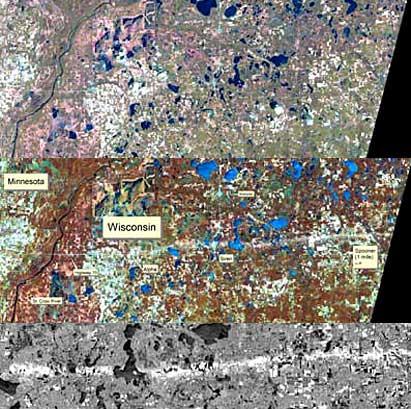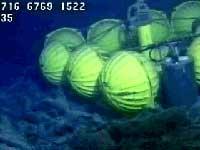Natural disasters in cinema. Low nature in science
2004/09/26 Lexartza Artza, Irantzu - Elhuyar Zientziaren Komunikazioa
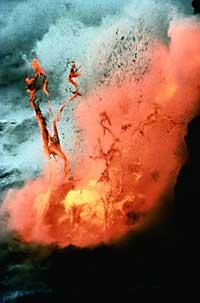
In Hollywood it seems that they make a great effort to show the smallest details well. However, with the reliability of history they do not always act so fine.
Disaster films are often an example of this. Scriptwriters introduce more and more scientific explanations into history and it is normal for the characters to be scientific.
However, they often resort to advances in science to explain something that has neither legs nor head, and probably viewers would be quieter without any explanation. And there are things that can only be accepted incredible within history or action, as is done in comics and science fiction. The goal is ultimately to spend time. However, when they want to turn the incredible into a scientific truth, they often invent even more incredible explanations.
Most of these types of movies follow the same line. It is a great danger and only a hero can save the world. Major disasters, on the other hand, prefer to touch the major cities of the world, which are in New York, Los Angeles or Washington, much better.

The argument is full of random facts, constant actions, adventures and dangers. It seems impossible to survive, but in the end the hero will win and have the world in debt. Storms, earthquakes, tornadoes, volcanic eruptions, large fires, floods, hazards from space... all serve as enemies of the hero. And also, it always has time against it.
Therefore, history usually takes place in a few hours or days, and is the first thing that meets science. In fact, some phenomena of nature, such as climate change, do not occur overnight.
There are many mistakes in movies. There are many, of course, fans who like to look for mistakes and therefore do not often go unnoticed. We will quote some examples that can serve as a starting point to look for many others.
The film is full of mistakes. To mention one, just look at the argument: an asteroid hits the Earth and finds it eighteen days earlier (!). Its short duration, of course, tries to bring emotion to the story and even to give an explanation and, incidentally, extol the great work of NASA. They do not even mention that in the world there are thousands and thousands of telescopes observing the sky every night, and that the asteroid, which is not so far away, can also be seen with the domestic telescope of an amateur. From there, eleven errors.
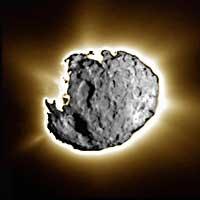
In The Core, the core of the Earth has stopped spinning, which will cause a total world disaster (well, incomplete, because the heroes are there). In the same advance appeared the first mistake of this film that said: "The inversion of the Earth's magnetic field eliminates the entire life of the world every 700,000 years." If so, how is all life now derived from millions of years of evolution on Earth? These images were modified before the premiere of the film.
The film Waterworld also summarized the times: In 300 years the ice of the poles melts, almost all the soil is under water (! ), and some people have been mutated to live underwater. If they have not dated! Spontaneous changes in DNA are abundant in Hollywood, but given the laws of evolution, it is unbelievable that gills develop around fifteen generations and that there are so many changes.
In the films Dante´s Peak and Volcano, apparently they did not know that each type of volcano emits a certain type of material, and both in one and the other, in the eruptions you see everything: light lava, dense lava, dust, bombs... Etna, Mauna Loa, and the characteristics of the Cracato eruptions, in all, and in the United States!
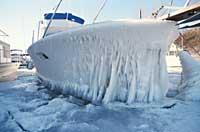
On the other hand, in Twister, the tympanos of miracles or the protagonists have no harm. In addition, the tornado swallows and alloys several things, but others, surprisingly, does not carry them. Why houses and cows do, but smoke and caravans do not?
There are many mistakes, like the one of the times, that appear in many films. It is common, for example, that in astronaut films and interplanetary journeys large buzzes are heard in space, but sound needs a way to travel, and as space is empty, sound cannot be transported. However, there are films that have gone finer and that show all the silence outside the ship. They are not so many and some will remember one of them. Have you seen it at the San Sebastian Festival that has just ended?
Published in 7K.

Gai honi buruzko eduki gehiago
Elhuyarrek garatutako teknologia




